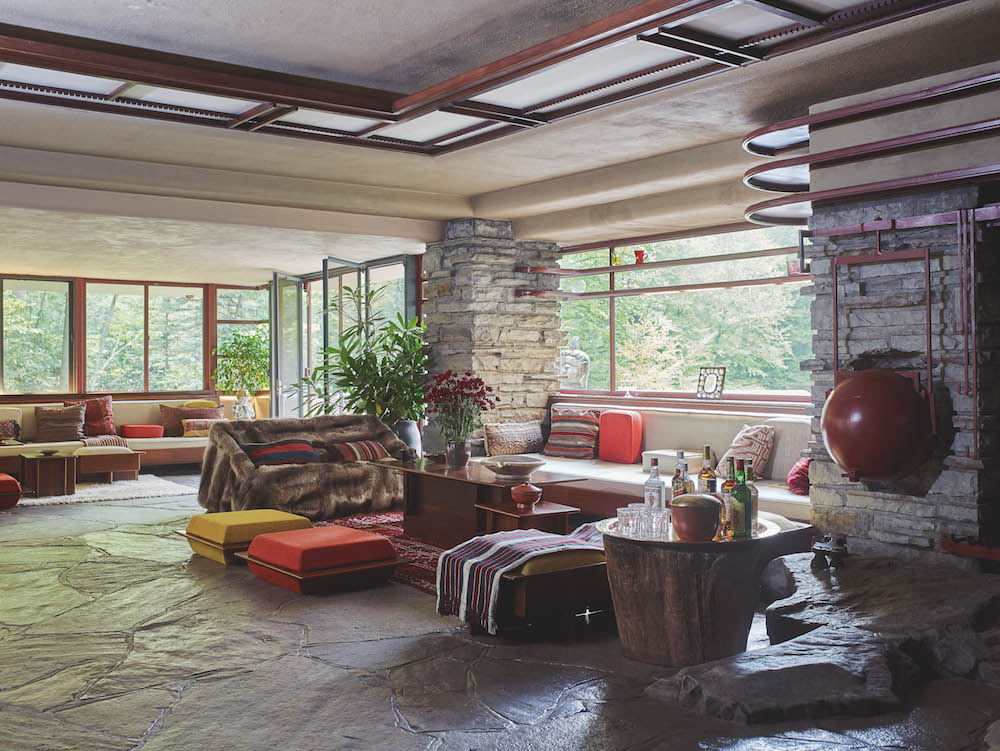By Wendy Bright
Since the early 19th century, Ashland, the Henry Clay estate in Lexington, Ky., has been an important American historic site. After Clay’s death in 1852, and while four generations of Clay’s descendants occupied the estate, Ashland served as a memorial to Clay, symbolizing his life’s work and the period in which he lived.
In 1950 after his family relinquished ownership, Ashland became a historic house museum under the auspices of the Henry Clay Memorial Foundation. For more than half a century, this National Historic Landmark has been open for public tours, accommodating hundreds of thousands of visitors.
The Ashland mansion may be thought of as a “layer cake” of styles and design elements. It represents the many eras, changes, and reconstructions it has witnessed. And intriguingly, today, the ‘Great Compromiser’s’ home reflects architectural compromise (in the most positive sense): a harmonious confluence of disparate styles. Today’s visitor experiences a surprisingly compatible mix of nineteenth century architecture and design at Ashland.
Early in 1805 Henry Clay contracted with Lexington builder John Fisher for the construction of a mansion at Clay’s Ashland property. Architectural historians Patrick Snadon and Michael Fazio in The Domestic Architecture of Benjamin Henry Latrobe theorize that Latrobe may well have designed this initial structure for Clay. It is certain that Latrobe worked with Clay on the design of two single-story, “L”-shaped wings, added to the original central block between 1813-1815.
But Clay and his local builder apparently strayed from Latrobe’s designs upon implementation. Fazio and Snadon theorize that Clay’s gift for compromise affected the ultimate design of the house: “The final Ashland, representing the combined efforts of Latrobe, the Clays, and their builder, had a sophisticated and almost palatial plan but old-fashioned, almost Georgian elevations.”
By the end of Henry Clay’s life, the Ashland mansion was in a serious state of disrepair. The original brick had been of inferior quality and its porosity resulted in severely cracked supporting walls. The New Madrid earthquakes and aftershocks of 1811-1812 also likely rendered the structure dangerously unstable. Even after repeated efforts at repair, the mansion was in a precarious state and it was thought there was little to be done to stabilize it.
After Clay died in 1852, his son James Brown Clay took possession of Ashland and asked local architect Thomas Lewinski to ascertain whether the structure was safe for his family to inhabit. The architect determined that it was so unsafe, it would likely fall down in a few years. James decided to rebuild the house, intending to present Ashland as a lasting memorial to his father.
For more on Ashland, go to http://historyofahousemuseum.com/about-this-blog/
Wendy Bright is the former director of operations at Ashland, and is working on a book on the estate, to be published by the University Press of Kentucky.
Tomorrow: Rebuilding Ashland
[slideshow id=508]


